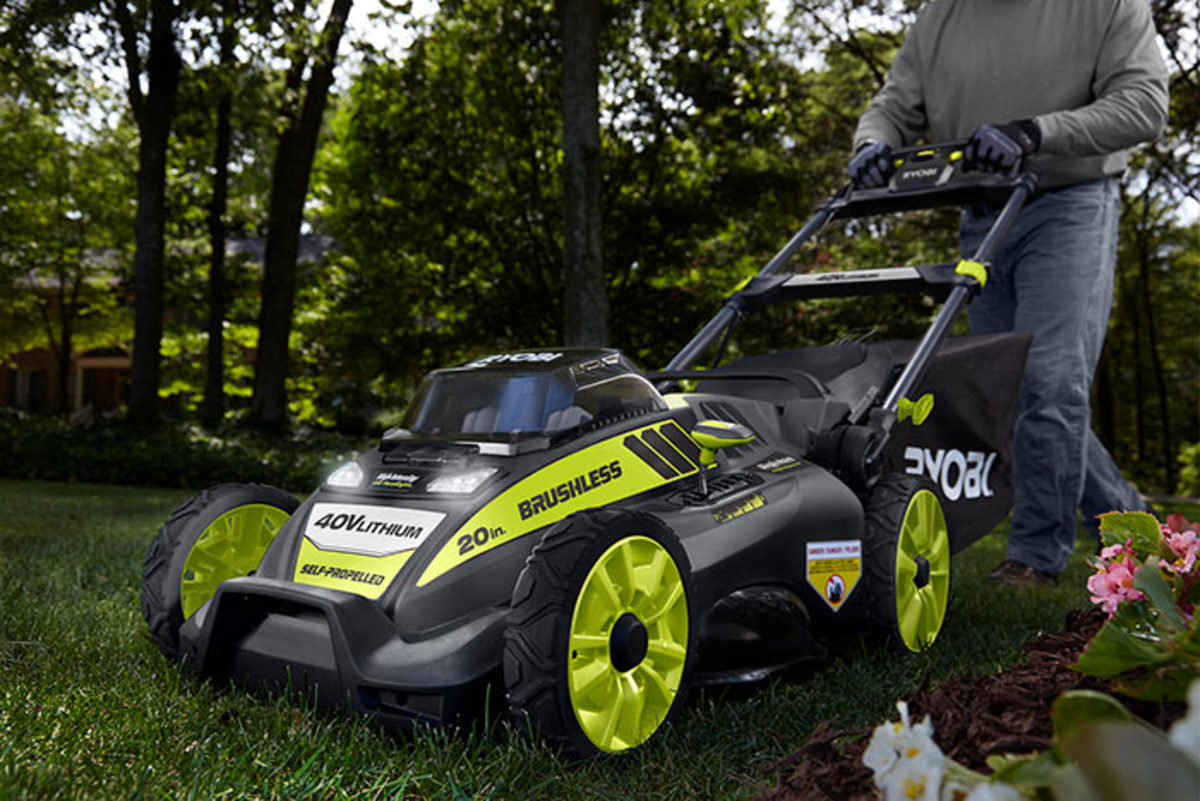 Recently I received an e-mail from the local electric company announcing a program offering rebates on newly purchased electric-powered landscape equipment. I was surprised to see a zero-turn riding mower on the list of eligible purchases. Had the options increased that much since we bought our corded Black & Decker mower just a few years ago, when it was the only electric choice on the shelf?
Recently I received an e-mail from the local electric company announcing a program offering rebates on newly purchased electric-powered landscape equipment. I was surprised to see a zero-turn riding mower on the list of eligible purchases. Had the options increased that much since we bought our corded Black & Decker mower just a few years ago, when it was the only electric choice on the shelf?
A Growing Market
Kris Kiser, president and CEO of the Outdoor Power Equipment Institute, notes that the industry is indeed seeing “significant demand” for battery-powered tools, “in particular on the hand-held side: blowers, trimmers, even chain saws.” The feedback from consumers has been very good, he says, noting that the battery-run equipment’s convenience and ease of use are what appeals to homeowners. Prices have come down while options and capabilities have increased, contributing to this category’s rise in popularity.
“There’s something for everyone,” says Kris, “regardless of your age, size or strength.”
Browsing the websites of brands and retailers certainly supports that claim, from the all-electric EGO, Ryobi, Sun Joe and Greenworks brands to makers who have expanded from gas-powered machines to develop rigorous, comparable items that run on batteries, like DR Power’s Pulse line.
In years past, there were only a handful of electric-powered tools on the market. Many were corded, tying the user to the power source and thereby limiting their range. The cordless options were just as limiting, constricted by the relatively low power of the battery as well as its short run time.
Today, though, cordless units abound, and batteries boast longer run times, shorter charging times and higher voltages, which can translate into higher torque, or rotating force—necessary for cutting through plant material, be it grass or timber.
Kris notes that the development of lithium-ion batteries has made all the difference in torque—enough, even, to make machines that are practical for use by groundskeepers and landscapers, including riding and zero-turn mowers. While gas-powered gear has typically been designed for the commercial side of the market and then scaled down for at-home consumers, the opposite is true for battery tools: These started out as consumer products and they’re now being “scaled up” into commercial-grade models.
Robotic mowers are on the rise too, with autonomous models that drive themselves back to their recharging station when their power runs low. In just five years, the robotic-mower category has grown from just one manufacturer to twelve.
Comparing to Gas
Simply having more choices in electric equipment doesn’t mean that all homeowners should make the switch from gas-run machines, of course.
“All power products have a place, and we love them all,” Kris notes. Electric-powered tools offer advantages as well as drawbacks to consider.
Electric gear wins points with its pleasant operation and ease of maintenance. These tools are markedly quiet and lighter in weight than gas-powered versions. They are odor free.
For electric lawn mowers, annual care means just sharpening the blade, as opposed to the changing the oil, spark plugs and air filter of a gas mower. The battery needs to be charged between uses, in comparison to going out to buy gas to refill the tank. Electric mowers can be easier to start, with a simple push button, and many perform the same functions as gas machines, including mulching and bagging.
On the flip side, while battery-run equipment has become stronger in recent years, it is still less powerful than gas counterparts.
“There are variables with batteries,” Kris explains. “Real-world use can differ from the averages described by the manufacturer.” Electric mowers can struggle through tall or thick grass or hilly terrain. To conserve power and thereby make it through a tougher job on one charge, users might raise the deck height—but then we have to mow more often.
Similarly, users attempting to save time by running their equipment on a higher speed can find that the battery drains faster than advertised, as the stated run time is usually calculated on the lowest speed.
Finally, while many people embrace electric power equipment as the eco-friendly option, the batteries don’t last forever. They must be replaced—and disposed of—after several years. Rechargeable batteries need to be recycled, but opportunities vary by locale; homeowners need to check with retailers, local government and community trash-collection agencies to find the available method.
MEGHAN SHINN www.hortmag.com
Images courtesy of Outdoor Power Equipment Institute.




